Commercial sterilization facilities and other establishments regulated under 40 CFR 63 Subpart O are now required to comply with the specifications outlined in Performance Specification 19 (PS-19) as outlined in 40 CFR 60, Appendix B.
PS-19 explains the necessary steps for the installation and certification of Continuous Emission Monitoring Systems (CEMS). Furthermore, Quality Assurance Procedure 7 is now included in Part 60, Appendix F, offering guidance for maintaining CEMS compliance post-certification.
What is PS-19?
PS-19 is one of the most thorough and quality assurance-focused performance specifications available. It comprises six main tests and includes provisions regarding using a time-shared system.
Source: Picarro
| Required Test |
Description |
Criteria |
Picarro Demonstrated Performance |
1. Interference Test
Section 11.1 |
Establishes concentration ranges of the background matrix in which the measurement of EtO remains valid. This is typically completed by the manufacturer of the gas analyzer. |
≤10 times LOD or ≤ 30 ppbv1
(Section 13.5) |
1.3 ppbv |
2. Level of Detection (LOD)
Section 11.2 |
Determines the smallest
concentration the CEMS
is capable of detecting. |
< 20% of applicable limit or action level
(Section 13.1) |
0.2 ppbv |
3. Response Time Determination
Section 11.3 |
Determines the amount of time it takes for gas to be transported from the certified calibration cylinders to the probe, and then through the entire system to the analyzer.
For a time-shared CEMS, the sampling time for each measurement point must be 3x the calculated response time, with the overall sample time for each measurement point having to be a 15 minute or less cycle time. |
N/A |
10 seconds |
4. Measurement Error Test
Section 11.4 |
Determines the CEMS can provide linear responses across the entire range of the instrument. |
≤ 5.0% of span or ± 10 ppbv
(Section 13.3) |
0.15% |
5. 7-Day Calibration Drift Test
Section 11.5 |
A daily Quality Assurance test that establishes that a CEMS measurements remain accurate by checking the system against gas standards on the low end and high end of the instrument. |
≤ 5.0% of span or ±10 ppbv for 7-days
(Section 13.2) |
0.16% |
6. Relative Accuracy Test Audit (RATA)
Section 11.6 |
The CEMS is compared to a US EPA reference method conducted by a certified source testing firm. This is to ensure the measurement point captures representative emissions. |
≤ 20% of RM2
(Section 13.4) |
< 1% of RM3 |
- The interference test also permits a passing response if the cumulative interference responses do not exceed 2.5% of the calibration span or ±3.0% of the equivalent EtO concentration used.
- If the average RM emission level is lower than 50% of the EtO concentration or emission standard, the emission standard can be employed in the denominator of the RA calculation, and the results must not surpass 15%.
- Utilizing OTM-47 for the initial RATA testing.
PS-19 begins with demands akin to most CEMS - necessitating certified reference gases in alignment with the "EPA Traceability Protocol for Assay and Certification of Gaseous Calibration Standards." However, given that the PS-19 focus is on extremely low-concentration gases, protocol gases can undergo dilution using EPA Method 205 to attain the requisite values.
To guarantee that the measurement point is devoid of stratification and delivers precise readings, the CEMS should be positioned at a distance of at least (2.0) equivalent duct diameters downstream from a control device or flow disturbance and (0.5) equivalent duct diameters from the exhaust or any control device.
PS-19 also mandates the inclusion of a method for measuring the volumetric flow rate and, if necessary, the moisture content for correcting EtO measurements. The flow monitor must adhere to the installation criteria mentioned earlier and be positioned within (0.5) duct diameters from the CEMS probe. If moisture is required, the monitoring system must either integrate a continuous moisture sensor and oxygen analyzer capable of measuring oxygen on wet and dry bases or be an optical measurement system validated by EPA Method 301.
The CEMS system should be able to obtain a minimum of one valid measurement for each measurement point within a 15-minute interval. This criterion permits the utilization of time-sharing, enabling the monitoring of multiple measurement points with a single analyzer.
Upon meeting these stipulations and ensuring proper installation, setup, and system calibration, the facility can commence the Performance Specification Test Procedures. The subsequent tests are mandatory:
1. Interference Test
Interference issues are prevalent in many technologies when measuring EtO, particularly in scenarios involving fluctuations in the gas matrix, such as combustion sources. An interference gas refers to any gas besides the target gas, EtO, which can lead to inaccurate reporting of EtO levels by the detection technology.
To ensure the CEMS can effectively measure EtO, the EPA mandates that the manufacturer provides verification demonstrating the system's ability to provide accurate measurements while exposed to specific interference gases.
In a laboratory setting, the manufacturer must conduct the interference test using a mixture comprising an EtO reference gas concentration approximately ten times the limit of detection, along with the following interferents, either introduced individually or as a blend:
- Carbon Dioxide (0.8%–1.2%)
- Methane (15 ppm–25 ppm)
- Water (4%–6%)
- Nitrogen (as the balance gas)
The results of the sum of responses from the interference test must not exceed 2.5% of the calibration span or 3.0% of the equivalent EtO concentration used to pass this test. Alternatively, the test passes if the results do not exceed 10 times the limit of detection or 30 parts per billion by volume (ppbv).
Picarro CEMS Interference Test Results
Picarro performed interference tests on its CEMS system with a blend of CO2, CH4, and H2O in N2 containing 50 ppbv of EtO (Fig. 1).
The observed interference changes were negligible, indicating an average drift of approximately 1.3 ppbv. This showcases remarkably accurate readings, mitigating the potential for overestimating emissions caused by other gases in their matrices.
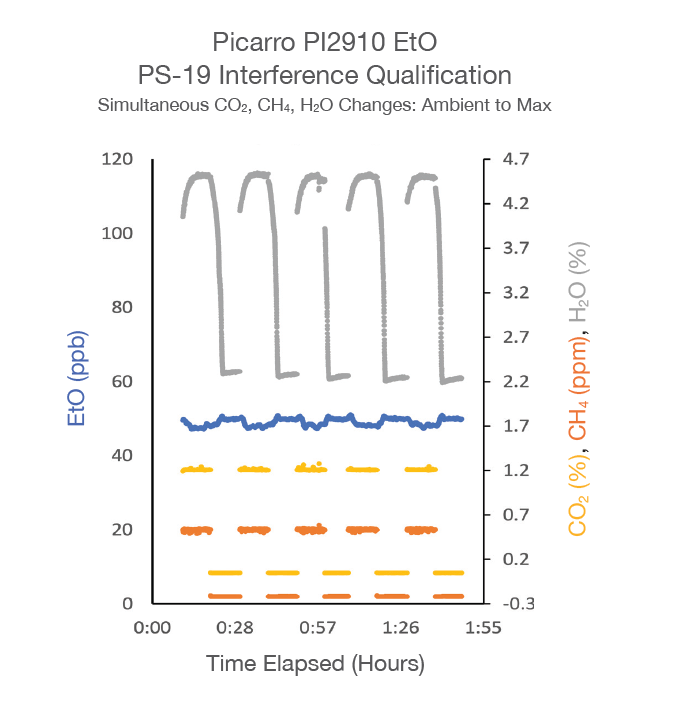
Figure 1. Interference Gas Test. Image Credit: Picarro
2. Level Of Detection (LOD)
LOD must be determined to ensure that EtO can be detected above background levels in a gas matrix. This test involves using the previously mentioned interference gases.
In a laboratory environment, a mixture of interference gases along with an EtO concentration, not exceeding 10 times the estimated limit of detection, is introduced into the analyzer inlet for 15 minutes, with results recorded and averaged.
This process is repeated seven times. The LOD is computed as three times the standard deviation of the average of these measurements. The LOD must not exceed 20% of the relevant emission limit.
Subsequently, the controlled environment LOD must be verified by administering dynamic spikes throughout the entire installed CEMS system. This process calculates a site-specific standard addition detection level, which must be less than 20% of the applicable emission limit.
Picarro CEMS LOD Results
Picarro conducted internal LOD tests using 6 ppbv of EtO and 1 ppbv of EtO to ensure adherence to PS-19 (Fig. 2).
The measured outcomes indicated an LOD of less than 0.2 ppbv for each test series. These findings reassure clients that accurate emissions are consistently recorded, even at single-digit ppbv concentrations during their processes.
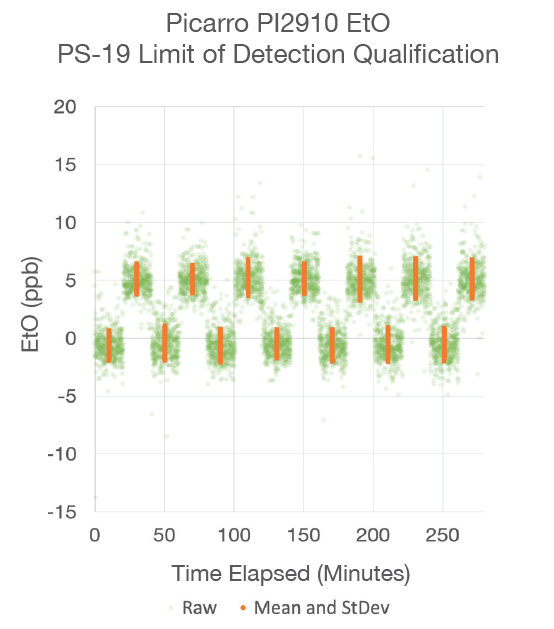
Figure 2. LOD Test Results – Picarro CEMS. Image Credit: Picarro
3. Measurement Error Test
The Measurement Error Test entails sending reference gases to the CEMS probe and throughout the entire system to validate linearity. A zero gas and three upscale EtO reference gases are introduced to the probe in a non-consecutive order.
The gases flow until a stable response is achieved, indicated by two measurements displaying concentrations within 1% of the instrument's span or 5 ppbv. This procedure is repeated three times for each gas, totaling 12 measurements. Each measurement should yield results within 5.0% of the instrument's span or an absolute difference of 10.0 ppbv at low, mid, and high-level concentrations.
Picarro CEMS Measurement Error Test Results
Picarro carried out measurement error testing spanning several days, documenting the outcomes of step changes across various spans. Figure 3 illustrates a randomized excerpt from this particular test (spanning 10 ppvb), revealing the remarkable precision of CRDS in measuring EtO across the instrument's span.

Figure 3. Partial Measurement Error Test Table. Image Credit: Picarro
4. Response Time Determination
During the Measurement Error Test, it is necessary to calculate the response time of the CEMS system. This involves attaining a stable zero reading for 30 seconds and noting the time (hh:mm:ss) when this stability is achieved. Subsequently, the high-level upscale gas is introduced, and the time when it reaches 95% of the final stable value is recorded. Once this value is recorded, the zero gas is reintroduced, and the time when a stable value is reached is also recorded.
This is performed three times until the mean upscale and downscale response times are recorded.
Response time is important, especially when employing a time-shared, multi-stack CEMS. It is essential for each measurement point to sample for a duration at least three times as long as the measured response time. When implementing a time-sharing system, the overall measurement duration across all measurement points should not surpass 15 minutes, imposing a practical limit on the number of measurement points a system can accommodate.
The main constraints affecting response time tests were the length of the sample line and the sample pump utilized in the CEMS system. Picarro employs a sturdy sample pump, enabling convenient time-sharing capabilities for up to three measurement points, even when dealing with longer-than-average sample lines.
5. Calibration Drift Test (7-Day Drift Test)
The calibration drift test, also known as the seven-day drift test, will be performed throughout the lifespan of the CEMS. Nonetheless, this test serves as an endeavor to ascertain the initial stability of the system for certification purposes.
During this assessment, the system (comprising all components from the probe to the analyzer) undergoes challenges with a zero gas and a span gas at 24-hour intervals to uphold a quality-assured CEMS. According to PS-19, the CEMS must demonstrate a drift of less than 5.0% from the span value for both the zero and span gas over a period of seven consecutive days. Alternatively, if the deviation between the zero and span is within 10 ppbv, the test is deemed successful.
Seven-Day Drift Assessment of Picarro
Picarro has performed calibration drift assessments across numerous sites. The dataset presented in Figure 4 illustrates a completed seven-day drift assessment conducted for a confidential client using an instrument spanning 200 ppbv. Notably, the results exhibit consistent precision.
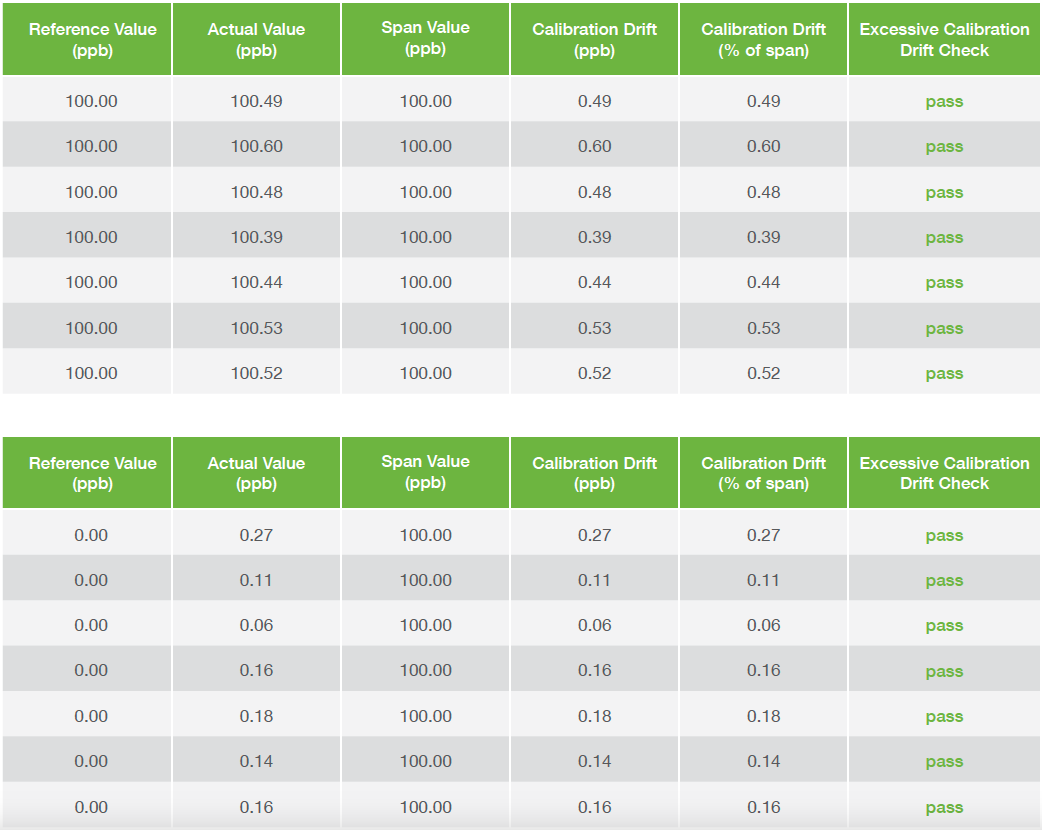
Figure 4. Example 7-Day Drift Assessment. Image Credit: Picarro
6. Relative Accuracy Test Audit (RATA)
Finally, CEMS measurements will be compared to a Reference Method (RM) displayed in terms of the emission standard.
While PS-19 designates Method 320 as an approved RM, OTM-47, the sole method tailored to EtO, can also receive approval as an alternative. OTM-47 employs Cavity Ring Down Spectroscopy (CRDS), enabling sub ppbv measurements at two-second intervals with minimal interference concerns. It is advisable to opt for OTM-47, particularly if your facility registers low levels of EtO, to ensure accurate representation of the measured data.
A RATA comprises a minimum of nine runs lasting 21 minutes each, during which a certified source testing firm takes pollutant, diluent, and flow measurements (if applicable to the emission standard).
Following the completion of the RATA, the overall Relative Accuracy (RA) is computed based on the findings from both the CEMS and the RM. The RA should not exceed 20% of the reference method, provided it is utilized in the denominator of the RA calculation.
Alternative specifications for RA calculation are available if specific criteria are fulfilled, allowing for the emission standard to be used in the denominator.
Picarro RATA Solution
Picarro contributed to the development of OTM-47, the sole test tailored specifically for EtO. OTM-47 has undergone testing nationwide in the United States and its territories, emerging as the optimal choice for performance assessments at low detection levels. It is important to note that Picarro does not possess ownership rights to the outcomes of any performance testing conducted.
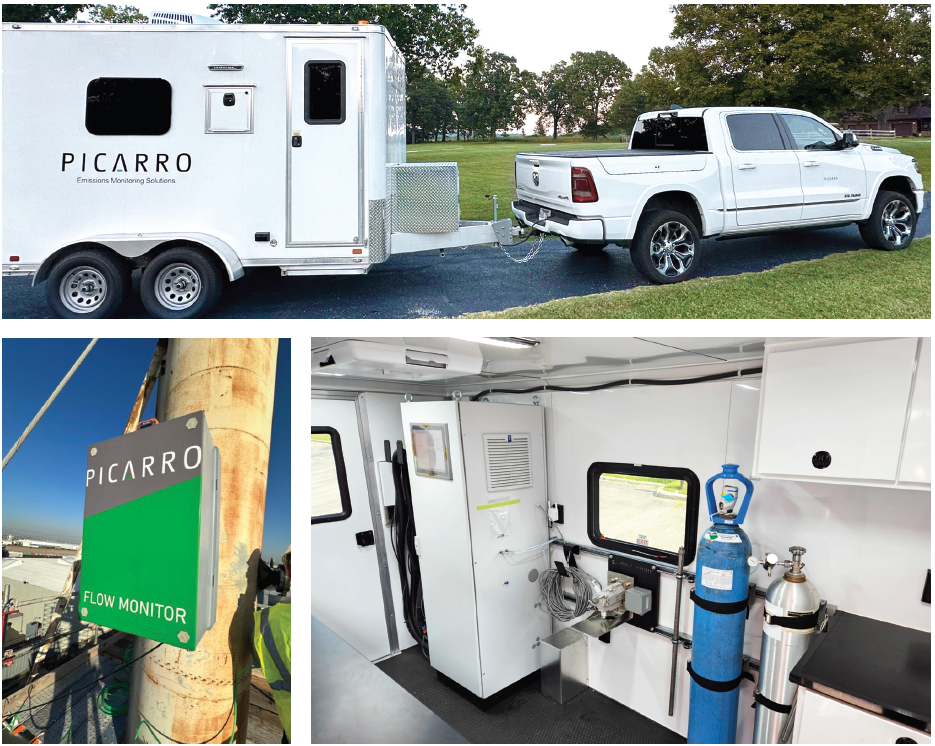
Figure 5. Picarro mobile OTM-47 solution. Image Credit: Picarro
Picarro CRDS vs Alternative Technology PS-19 Testing Results
Picarro and the US EPA have actively conducted PS-19 testing using CRDS prior to finalizing Subpart O and PS-19. The table below shows Picarro's internal test results alongside those published by a competitor for the mandatory tests:
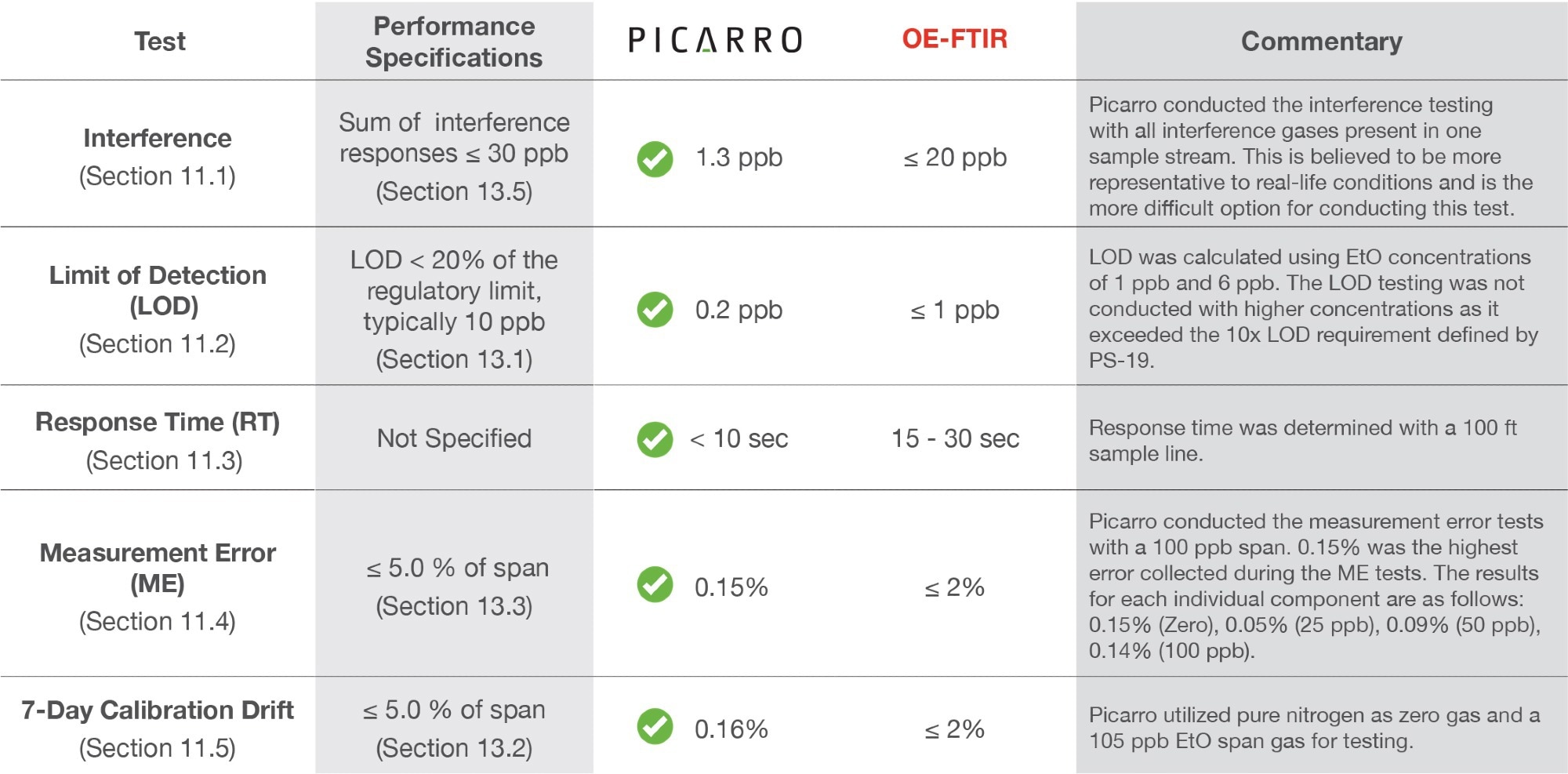
Image Credit: Picarro
Maintaining CEMS Compliance
Upon completion of the mandatory quality assurance tests, the facility will submit the results to the relevant administrator for approval of the CEMS certification. From there, the facility is responsible for maintaining their CEMS through routine preventative maintenance and adherence to the prescribed Quality Assurance Procedure 7.
Every facility must have a quality assurance plan outlining the essential functions required for a functioning CEMS system. Crafting or updating such plans can be challenging, even for power generation facilities with extensive CEMS experience, often prompting them to seek assistance from consulting firms. Recognizing this common requirement among facilities, Picarro offers each customer a site-specific plan as part of their purchase, encompassing the necessary components and additional details.
How Picarro Simplifies PS-19 Compliance
With decades of experience, Picarro offers the tools and managed services expertise to facilitate compliance with these new CEMS rules effortlessly. The EtO system is engineered to seamlessly integrate into any facility, and the Environmental Systems (ESYS) team will support customers every step of the way.
Picarro systems are designed with a robust Data Acquisition System perfectly configured for easy reporting to the Electronic Reporting Tool (ERT). They come in a portable, robust cabinet that is factory equipped with automated Above Span Calibration checks, remote Cylinder Gas Audits, and remote access for expert CEMS support.
Picarro’s environmental experts develop all Quality Assurance documents to comply with federal regulations and operating permits, and they assist clients with all of their reporting needs. Picarro’s team of trained field technicians provide all preventative maintenance and emergency support. Additionally, annual RATAs are scheduled, and communication with the Administrator about why OTM-47 is the best option for conducting the RATA is ensured.
The benefits of a Picarro system are vast, but the top three are:
- Rapid response times. This allows for timeshare systems, saving overall costs as one analyzer can provide up to three measurement points.
- The lowest-in-class detection limit. There is no need to overreport emissions with Picarro solutions, nor is 15 minutes needed to generate a low response. Picarro’s results are generated on two-second averages, meaning you get the best data – FAST.
- End-to-End emissions monitoring solutions. Picarro takes care of everything, so users can do what they do best – sterilize.

This information has been sourced, reviewed and adapted from materials provided by Picarro.
For more information on this source, please visit Picarro.